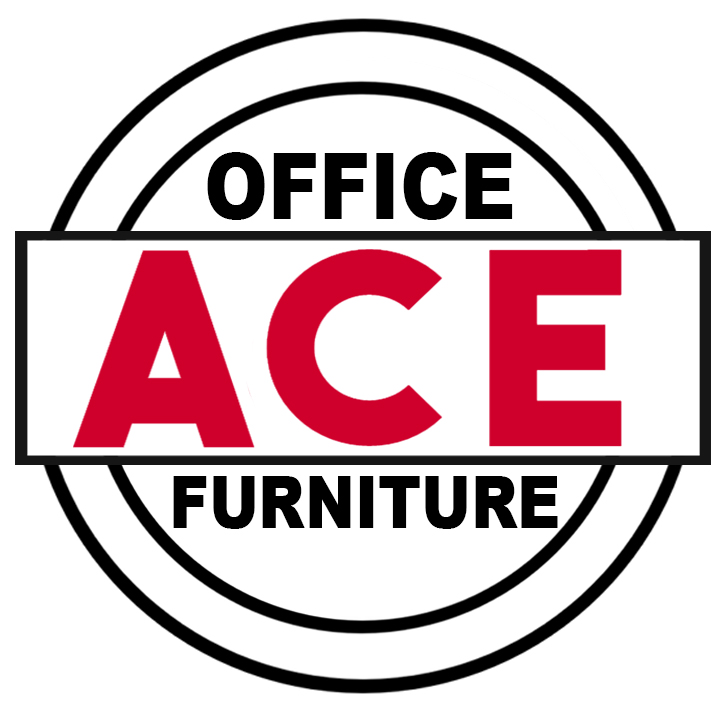What do I need to know about filing cabinets?

There are five types of filing.
Archive Files – Usually stored away from the main work area and are infrequently accessed.
Current Files – These files are the most frequently used and are normally smaller in scale. They should be stored within reach or very close to your work area.
Active Files – There are two types of active filing.
Personal Files – These files pertain to your work process and affect the performance of your office tasks. These files would be located within your working area for easy retrieval
Company Files – These files generally support a department(s) and are usually found in a common area within that department(s). Since these files are generally shared by others make sure you place them back in their proper location when you have finished
Within all of the above it is sometimes broken down into the following areas; retrieval, staging, storing materials, supplies, equipment, tools and additional information (like catalogs & reference material). Understanding and implementing the above in your planning will assist you and your colleges productivity. In order to save time and frustration for others and yourself, make a form that indicates who has the file out, this will save time and stress for all.
Consider safety when setting up your filing area.
- Do not place filing cabinets so that the drawers open into the main aisles
- Purchase lateral files that do not permit more than one drawer to open at a time
- Use handles to close drawers to avoid catching fingers
- Place all heavy objects in the bottom drawer
- Do not store heavy objects on top of filing cabinets
- Close filing cabinet drawers when not in use
- Do not move filing cabinets when loaded
- Use professional installers to install your product
Follow this advice and use common sense and you should have a safer office.
